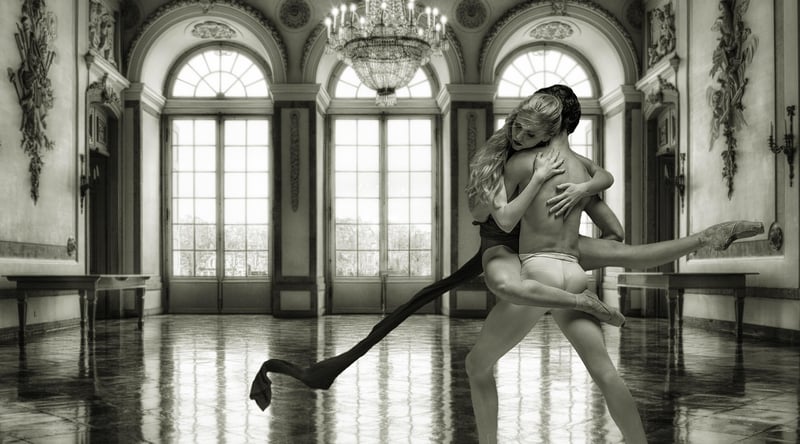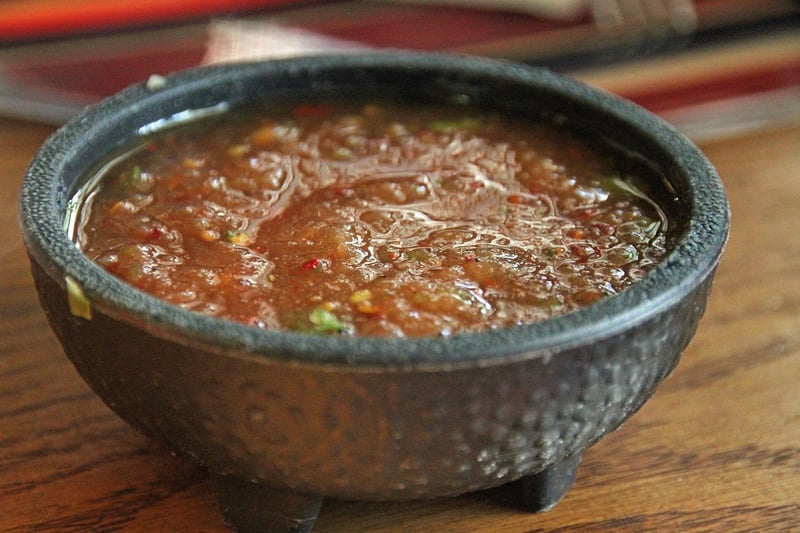Salsa
Expressive Movement Form and Salsa Dance
Expressive movement forms and salsa dance are both vibrant and engaging art forms that celebrate the beauty of movement and rhythm. While each has its unique characteristics and cultural significance, they share a common goal of self-expression and connection through dance.
Expressive Movement Form
An expressive movement form is a type of dance that focuses on conveying emotions, stories, and feelings through movement. It is a highly personal and creative way of expressing oneself, often without the need for words. This form of dance allows individuals to tap into their innermost feelings and communicate them through physical expression.
Expressive movement forms can encompass a wide range of styles, from contemporary dance to interpretive dance, but they all share a common emphasis on the emotional and artistic aspects of movement. Dancers use their bodies to convey a message or tell a story, creating a powerful connection with the audience.
Salsa Dance
Salsa dance, on the other hand, is a lively and social partner dance that originated in the Caribbean, particularly in Cuba and Puerto Rico. It is known for its energetic music, intricate footwork, and sensual hip movements. Salsa is not just a dance but a cultural phenomenon that embodies the spirit of Latin American music and dance.
Partners in salsa dance move in a circular pattern, shifting their weight between each other to the rhythm of the music. The dance is characterized by quick, sharp movements and fluid motion, creating a dynamic and passionate performance that is both exhilarating to watch and participate in.
Combining Expressive Movement Form with Salsa
When expressive movement forms are combined with salsa dance, the result is a fusion of artistic expression and cultural celebration. Dancers can incorporate elements of contemporary dance, ballet, or other expressive forms into their salsa routines, adding depth and emotion to their performances.
By blending the technical precision of salsa with the emotional storytelling of expressive movement forms, dancers can create a unique and captivating dance experience that resonates with audiences on a deeper level. This fusion allows for greater creativity and innovation in choreography, pushing the boundaries of traditional dance styles.
Conclusion
Expressive movement forms and salsa dance are both powerful means of self-expression and cultural celebration. Whether enjoyed separately or combined, these art forms offer a rich tapestry of movement, rhythm, and emotion that captivates audiences around the world.

Experience the joy of expressive movement form and salsa dance - let your body move to the beat and express your innermost emotions through the power of dance!
